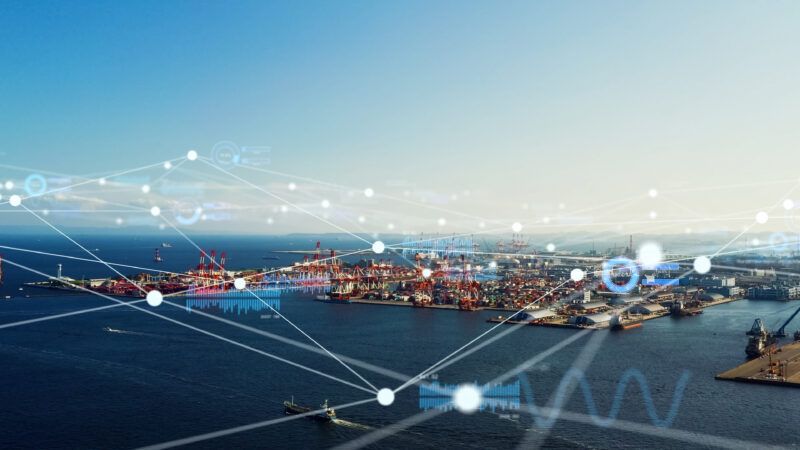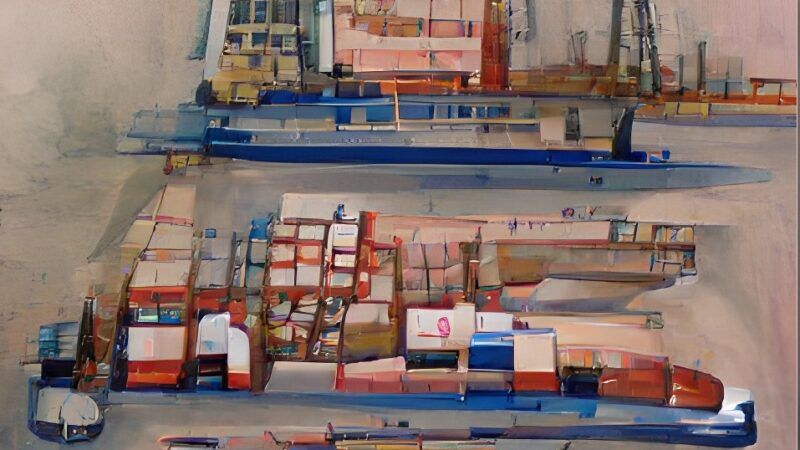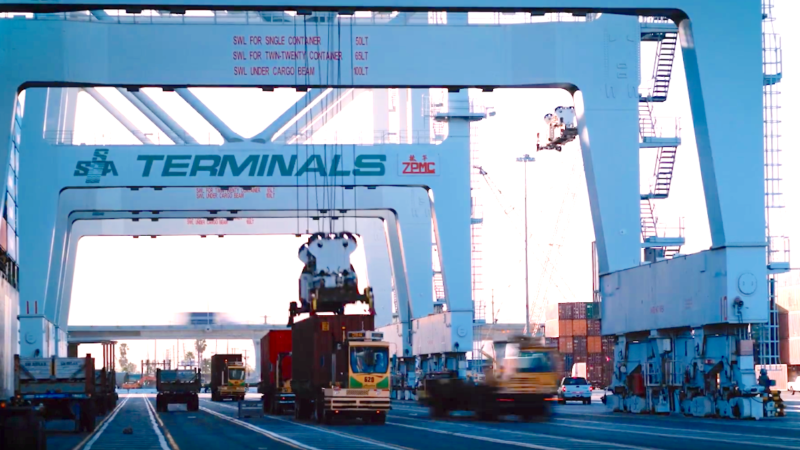Today, the ports of Hamburg, Rotterdam and Singapore have already started to develop AI tools to improve predictions of maritime and land transport operations. Specifically, Hamburg has created a decision-making support system based on a predictive model of the behaviour of land transport. The model takes historical data, and using deep learning techniques and neural networks, it offers detailed predictions of the times when lorries should reach terminals.
Based on this, the system notifies the lorry drivers of the terminal entrance times, and it gives the terminals a dynamic forecast of the workload they will have according to the changes in the surrounding conditions (road and access route saturation, real ship arrival time, degree of terminal saturation, etc.).
How does deep learning work?
Deep learning and neural networks are two of the machine-learning methods which have come to the fore the most in recent years. They are inspired by the way neural networks work in the brain. They transform the entry values, layer by layer, until the value of the variables that they are trying to predict is found.
Even though the results of neural networks are quite satisfactory, they need vast amounts of data to learn, and learning times are long (days or even weeks). Natural language processing, image pattern recognition and voice processing are the main success stories of deep learning.
Thus, the evolution of data collection and management has to include the following levels: recording, analysing, simulating, predicting and finally recommending. Based on that, new-generation ports are expected to apply predictive and prescriptive analysis techniques as tools to support decision-making when planning the transport of the actors in the port-logistics chain. And this does not only include lorries, since the same transport logistics that it applied on motorways can also be applied to any means of transport (railway, maritime or river).
 Big data and IA can lead to a predictive, more efficient supply chain [Image by Mika Baumeister]
Big data and IA can lead to a predictive, more efficient supply chain [Image by Mika Baumeister]
 Big data and IA can lead to a predictive, more efficient supply chain [Image by Mika Baumeister]
Big data and IA can lead to a predictive, more efficient supply chain [Image by Mika Baumeister]






